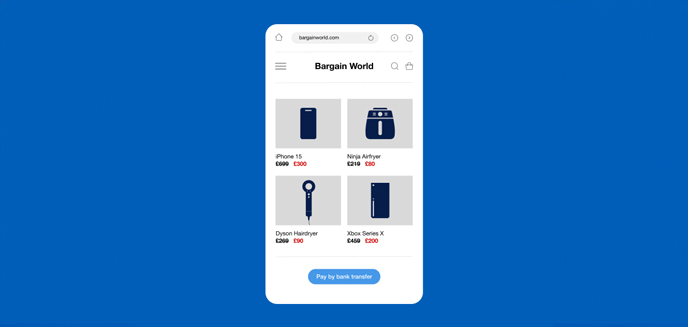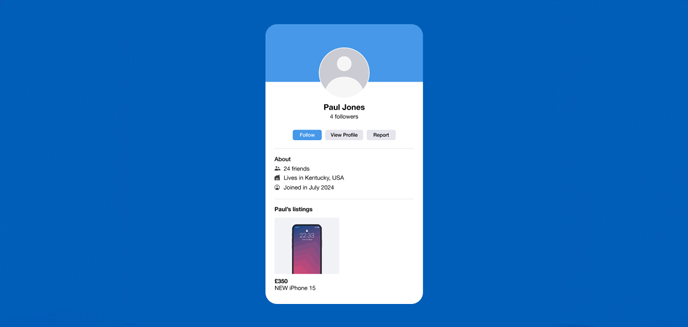Go paper-free
Amend paper-free preferences for your statements and communications.
Items at lower-than-normal prices, especially if they’re hard to find or sold out elsewhere, could be a scam.

Fraudsters offer items that are fake or don’t exist and may make you feel rushed into a decision by telling you someone else is interested.
If something looks too-good-to-be true, it could be a scam.

Fraudsters know how to create a site that looks good, with offers that pull you in.
If a website has many popular items for sale at very low prices, it could be a scam. If you’re unsure, use a website checker like the one on Get Safe Online.

You can’t always trust what’s on social media. Good reviews, pictures and followers can be false, and even recommendations may lead to a fraudster.
Genuine sellers would let you see an item before you buy, but fraudsters won’t. They’ll want you to pay upfront and in a way that offers no protection.